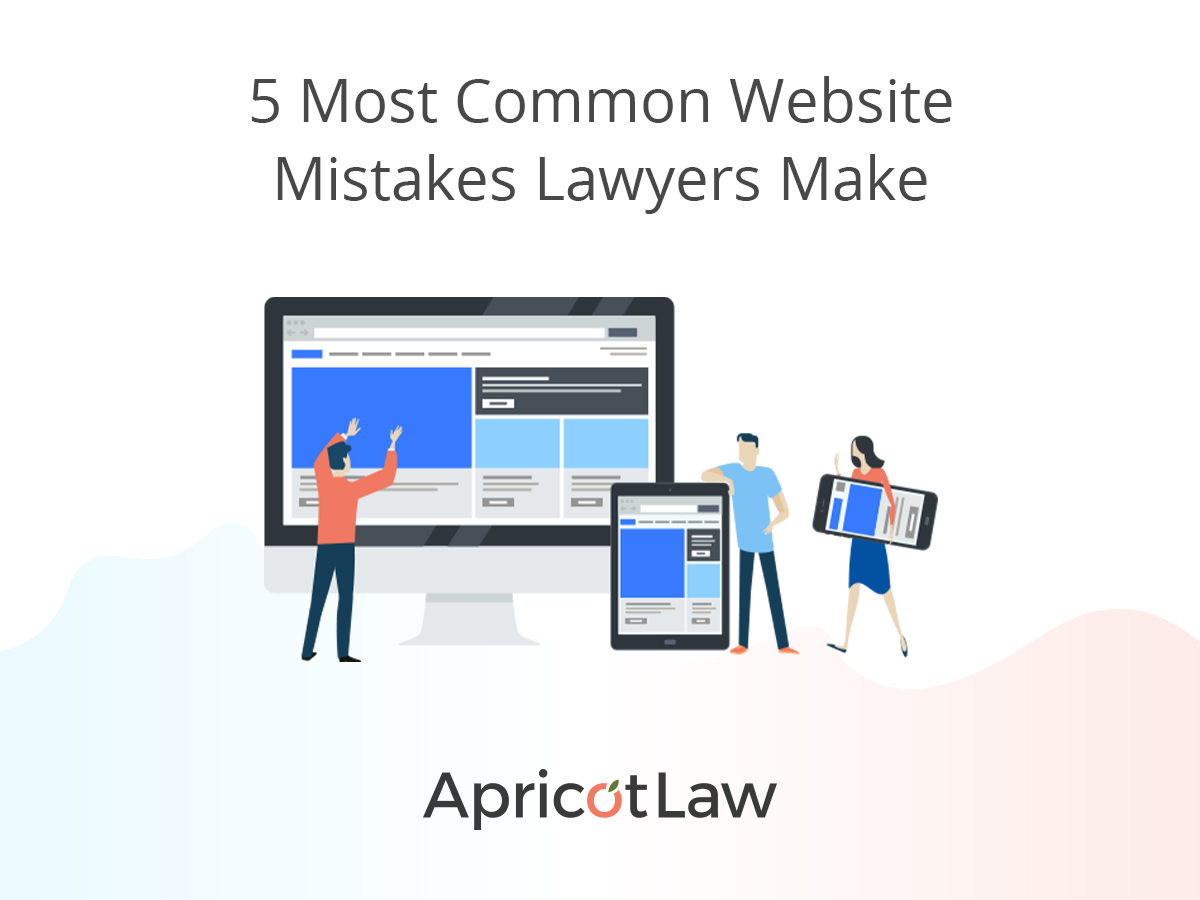Creating a landing page that drives conversions can feel like a guessing game. According to Wes McDowell, after testing over 120 tweaks during his 15-year career as a website strategist, he discovered that only nine key strategies consistently deliver results. The best part? These tweaks are so simple that you can implement them in an afternoon, even without marketing experience.
Here’s your guide to the nine most effective hacks for boosting landing page conversions, building credibility, and making your calls to action irresistible.
1. Use Social Proof Above the Fold
The area above the fold—what visitors see before they scroll—is prime real estate for building trust. Use this space to showcase social proof, such as:
• Customer photos: Show real people who’ve used your product or service to humanize your brand.
• Five-star ratings: Pair customer photos with a simple star rating to reinforce credibility.
• Testimonials as headlines: Lead with powerful quotes like, “This service saved me hours every week and doubled my leads.”
• Impressive stats: Highlight numbers, such as “Trusted by thousands” or “Helping businesses in 30+ countries.”
• Client logos: Display recognizable company logos to instantly build trust.
• Media logos: Include logos from publications or podcasts where your business has been featured.
Adding real-time social proof notifications, like pop-ups that show recent sign-ups or purchases, creates urgency and builds credibility. Tools like UseProof make this easy to implement, and studies show a 10-15% conversion lift from these notifications.
2. Write “Eyebrow Copy” for Instant Clarity
Visitors need to know immediately that your landing page is relevant to them. Add a line of eyebrow copy above your headline to set the stage. For example:
• Eyebrow Copy: “Struggling with time management?”
• Headline: “Our tool saves you hours every week.”
This small addition builds trust, provides context, and hooks visitors before they even read your main headline.
3. Use Conversational Copy
Your landing page should feel like a conversation, not a sales pitch. Speak directly to your visitors in a relatable tone:
• Use shorter sentences and contractions like “we’ve got your back.”
• Address pain points with empathy: Instead of “Low visibility affects your reach,” say, “People who need your product can’t find it.”
• Break the formal tone to make your copy approachable and engaging.
When your copy feels human, you build trust—and trust drives conversions.
4. Place Testimonials Strategically
Testimonials are powerful, but their placement matters. Use testimonials to:
• Support key claims: Pair testimonials with sections of your page that highlight specific benefits.
• Match visitor pain points: Feature testimonials from customers in similar situations to your target audience.
• Leverage video: Video testimonials add authenticity but may not always be watched. Use compelling quotes from the video as headlines to ensure key messages are seen.
For example: “Our workflows are now faster and easier than ever!”—a quote positioned next to a video can deliver the same impact as the video itself.
5. Add a Comparison Table
Comparison tables help visitors decide quickly by showing why your service is the better choice. Focus on:
• Highlighting your differentiators: Show what sets you apart without bashing competitors.
• Addressing buyer concerns: Compare features like time savings, efficiency, and pricing to answer key questions.
• Guiding hesitant visitors: Show how sticking with the status quo (e.g., doing nothing) won’t solve their problems.
A balanced, educational approach fosters trust while subtly encouraging action.
6. Lead with Benefits, Not Features
Most visitors care more about how your product helps them than its technical details. For example:
• Instead of: “Our food contains fresh spinach,” say, “Improves digestion and energy.”
• Instead of: “Low-fat formula,” say, “Helps maintain ideal weight and control allergies.”
Framing features as benefits creates an emotional connection, making your service more appealing.
7. Include a “Too Long; Didn’t Read” Panel
Some visitors scroll straight to the bottom of the page. Add a concise panel summarizing:
• Your main offer
• Key benefits
• A clear call to action (CTA)
For example: “Get expert legal advice today. Book your free consultation in under 5 minutes.” This final push can convert those who skim the rest of the page.
8. Boost CTAs with Reassurance
Many visitors hesitate to click CTAs due to fear of making the wrong choice. Add a CTA booster—a small reassurance below the button, like:
• “No credit card required.”
• “Get started in 5 minutes.”
These lines reduce friction and make taking action feel safer and easier.
9. Incorporate Real-Time Notifications
Real-time social proof, like notifications that show recent sign-ups or purchases, creates urgency. Tools like UseProof make this easy to implement, with results showing a 10-15% conversion increase.
Conclusion: Start Tweaking Today
Landing page optimization doesn’t have to be overwhelming. By focusing on these nine easy-to-implement hacks, you can boost trust, engage visitors, and drive more conversions—no advanced skills required.
Ready to see results? Reach out to us here at ApricotLaw to find out how we can help strategize your social proof, write conversational copy, and implement these strategies on your website today!

